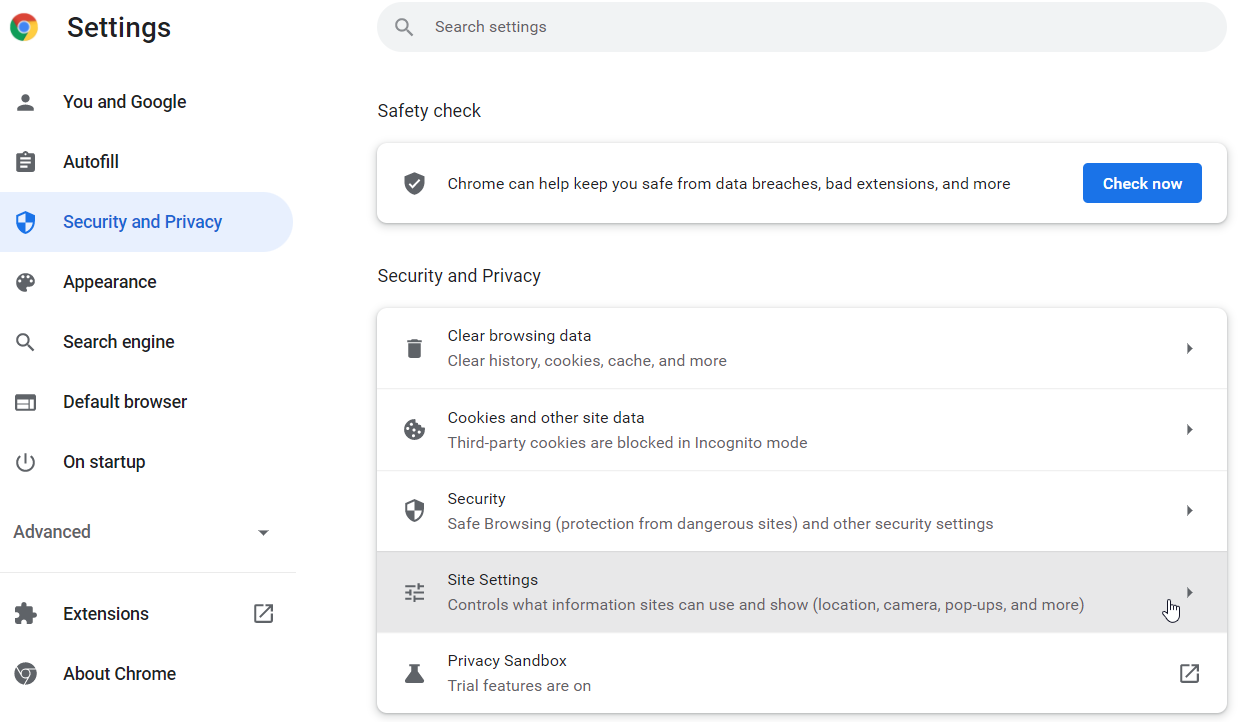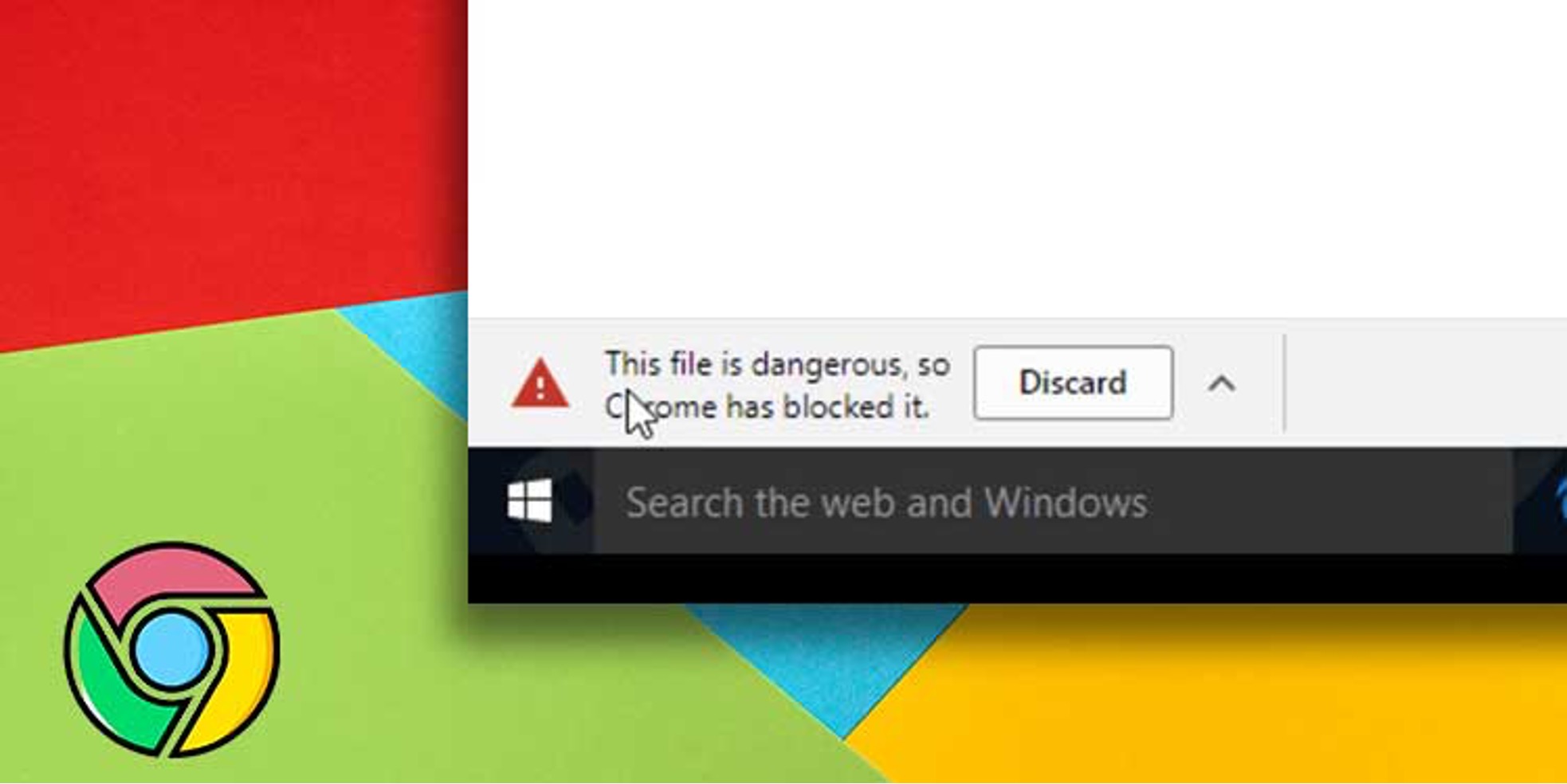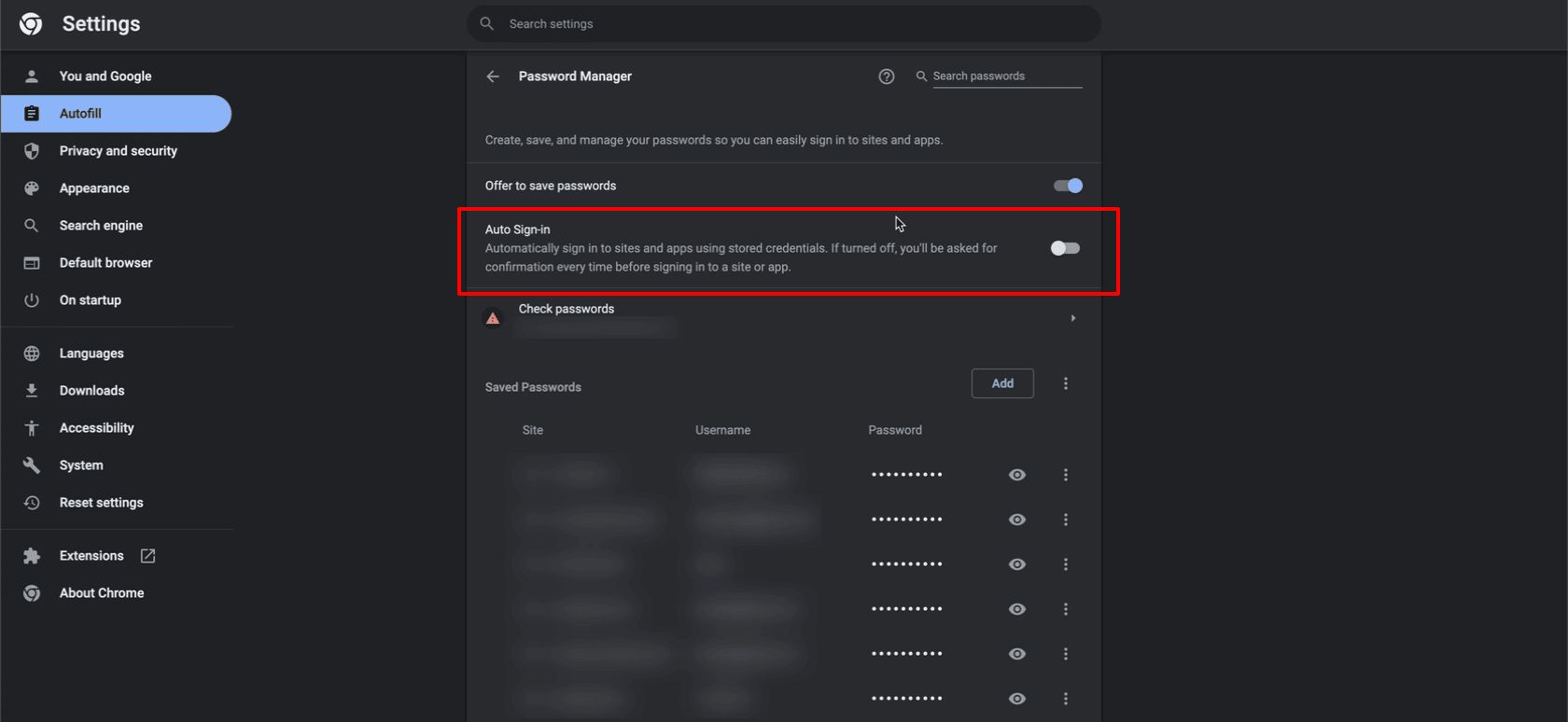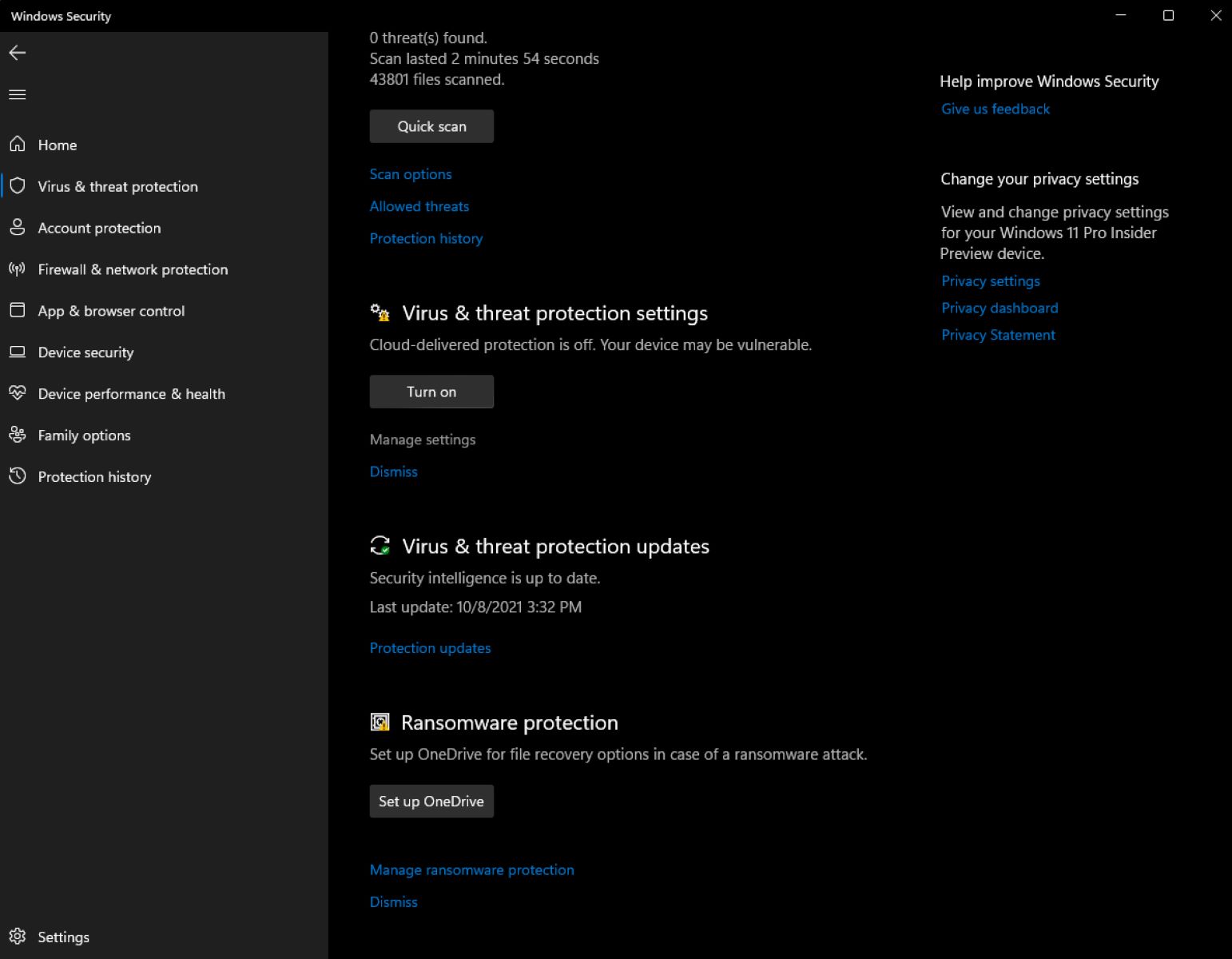Introduction
Have you ever encountered a frustrating situation where you try to download a file in Google Chrome, only to be faced with a message stating that the download has been blocked? It can be incredibly frustrating when our web browser prevents us from accessing files that we need or want to download. However, understanding why this happens and knowing how to overcome it will help you successfully download files that Chrome may be blocking.
Google Chrome, like many other web browsers, has built-in security measures to protect users from potentially harmful files. These security features scan downloads for potential threats such as viruses, malware, or fraudulent content. While these measures are designed to keep your computer and personal information safe, they can sometimes be overzealous and mistakenly block harmless files.
In this article, we will explore the reasons why Chrome may block certain file downloads and provide a step-by-step guide on how to bypass these restrictions. By following these instructions, you will be able to download the files you need without compromising your computer’s security.
It’s important to note that the methods mentioned in this article should only be used for trusted files. Always exercise caution when downloading files from unknown or suspicious sources, as they may contain harmful content.
Now, let’s dive into the different reasons why Chrome may block certain file downloads and how to overcome these restrictions.
Reasons why Chrome may block some file downloads
There are several reasons why Google Chrome may block certain file downloads. Understanding these reasons will help you troubleshoot the issue effectively. Here are some common scenarios:
1. File Reputation: Chrome uses a feature called Safe Browsing to protect users from potential threats. If the file you’re trying to download has a poor reputation, such as being flagged as unsafe or malicious by other users, Chrome may block the download to prevent any harm to your computer.
2. Insecure Downloads: Files downloaded from unsecure sources or unencrypted websites may pose a risk to your computer’s security. Chrome is designed to block downloads from these types of sources to ensure your safety.
3. Mismatched File Extensions: Sometimes, Chrome may mistake a file’s extension for a potentially harmful type. For example, if you’re trying to download a harmless .exe (executable) file, Chrome may block it, thinking it could be malicious. This is done as a precautionary measure.
4. Blocked by Website: Some websites have built-in mechanisms to prevent users from downloading certain files. This could be due to copyright restrictions, licensing agreements, or security concerns. In such cases, Chrome will respect the website’s settings and block the download accordingly.
5. Adware or Malware: If Chrome detects that a file is bundled with adware, spyware, or other potentially unwanted programs, it will block the download to protect you from inadvertently installing these unwanted applications on your computer.
It’s worth noting that Chrome’s blocking feature is not always foolproof, and there may be situations where harmless files are mistakenly blocked. Understanding these different reasons for blocking can help you troubleshoot the issue and find a solution to download the files you need.
Check your download settings in Chrome
If you’re experiencing issues with file downloads being blocked in Google Chrome, one of the first steps you should take is to check your download settings. Here’s how you can do it:
1. Open Google Chrome on your computer and click on the three-dot menu icon at the top right corner of the browser window.
2. From the dropdown menu, select “Settings.”
3. Scroll down to the bottom of the settings page and click on “Advanced.”
4. Under the “Privacy and security” section, click on “Content settings.”
5. In the new window that opens, scroll down and locate the “Automatic Downloads” section.
6. Ensure that the option “Ask when a site tries to download files automatically after the first file (recommended)” is selected. This will prompt Chrome to ask for your permission before automatically downloading files.
7. If the above option is already selected, you can try toggling it off and then back on again. Sometimes, resetting the setting can resolve any potential issues.
By checking and adjusting your download settings in Chrome, you can ensure that your browser is configured to prompt you before downloading files, giving you more control over what gets downloaded onto your computer.
If you’re still experiencing issues with blocked downloads after adjusting your settings, don’t worry. There are additional steps you can take to override Chrome’s blocking feature for a specific download.
Override Chrome’s blocking feature for a specific download
If you have a specific file that Chrome is blocking and you are certain it is safe, there are ways to override the blocking feature and proceed with the download. Here’s how:
1. When Chrome displays a message stating that the download has been blocked, click on the small arrow next to the “Discard” or “Keep” button. This will reveal a dropdown menu.
2. From the dropdown menu, select “Keep” or “Keep dangerous file” (the wording may vary depending on the version of Chrome you are using).
3. After selecting “Keep,” Chrome will download the file to your computer and save it in the default Downloads folder.
4. If the file is still being blocked even after selecting “Keep,” try changing the file extension. For example, if the blocked file has a .exe extension, you can rename it to .txt or any other non-executable format.
5. You can now try downloading the file again. Chrome should no longer block the download, allowing you to access the file you need.
It’s important to exercise caution when overriding Chrome’s blocking feature. Ensure that you fully trust the source of the file and have taken appropriate measures to verify its safety. Only proceed with the download if you are confident that the file is safe to use.
If overriding the blocking feature still doesn’t allow you to download the file, there are a few more troubleshooting steps you can try to resolve the issue.
Clear Chrome’s download history and cache
If Chrome is blocking your file downloads, clearing your browser’s download history and cache can help resolve the issue. Follow these steps to clear the download history and cache:
1. Open Google Chrome on your computer and click on the three-dot menu icon at the top right corner of the browser window.
2. From the dropdown menu, select “Settings.”
3. Scroll down to the bottom of the settings page and click on “Advanced.”
4. Under the “Privacy and security” section, click on “Clear browsing data.”
5. In the new window that opens, make sure the “Basic” tab is selected.
6. Under the “Time range” dropdown, select “All time” to clear the entire download history.
7. Check the box next to “Download history” and “Cached images and files.”
8. Optionally, you can uncheck any other items you don’t want to clear, such as browsing history or cookies.
9. After selecting the desired options, click on the “Clear data” button.
10. Chrome will now clear your download history and cached files. Once completed, restart your browser and attempt to download the blocked file again.
Clearing your download history and cache can help eliminate any potential conflicts or corrupted data that may be preventing you from downloading files. This process can also free up some storage space on your computer.
If clearing the download history and cache doesn’t resolve the issue, you can try disabling the option to automatically open files after downloading.
Disable the option to automatically open files after downloading
By default, Google Chrome is set to automatically open certain file types after they are downloaded. Disabling this option can help bypass the blocking feature and allow you to manually choose how to handle downloaded files. Here’s how you can disable the automatic file opening feature:
1. Open Google Chrome on your computer and click on the three-dot menu icon at the top right corner of the browser window.
2. From the dropdown menu, select “Settings.”
3. Scroll down to the bottom of the settings page and click on “Advanced.”
4. Under the “Privacy and security” section, click on “Content settings.”
5. In the new window that opens, scroll down and locate the “Automatic Downloads” section.
6. Disable the toggle switch for “Open certain file types automatically after downloading.”
7. Once the toggle switch is turned off, close the settings tab.
By disabling the automatic opening of files, Chrome will no longer try to open downloaded files immediately. Instead, it will prompt you to choose how to handle each downloaded file.
Now, when you try to download a file that was previously blocked, Chrome will show it in the downloads bar at the bottom of the browser window. From there, you can click on the file to open it or choose to save it to a specific location on your computer.
Disabling the automatic opening of files gives you greater control over the downloaded content and allows you to bypass the blocking feature for specific files.
If disabling the automatic file opening doesn’t resolve the issue, you can try using a different web browser to download the blocked file.
Use a different web browser to download the blocked file
If you’ve tried all the previous steps mentioned and are still unable to download a blocked file in Google Chrome, using a different web browser can often serve as an effective workaround. Here’s how you can try using an alternative browser:
1. Install another web browser on your computer. There are several popular options like Mozilla Firefox, Microsoft Edge, Safari, or Opera.
2. Once you have installed the browser, open it and visit the same website or download link where you encountered the block in Chrome.
3. Locate the download link for the file you want to download and click on it.
4. The alternative browser may have different security settings and protocols, allowing you to download the file that was blocked in Chrome.
Using a different web browser can help you circumvent the blocking feature in Chrome, as each browser has its own set of security measures and policies.
However, it’s important to note that while using a different browser can be a temporary solution for downloading the blocked file, it is still vital to exercise caution and ensure the file is safe before opening or executing it on your computer.
By utilizing a different web browser, you can overcome the blocked download issue in Chrome and access the file you need.
Now that you’ve explored various methods to overcome download blocking in Chrome, you should be able to successfully download files that were previously being blocked. Whether it’s adjusting settings, overriding the blocking feature, clearing history and cache, disabling automatic opening, or using an alternative browser, these steps should help you resolve the issue and gain access to your desired files.
Conclusion
Dealing with blocked file downloads in Google Chrome can be frustrating, but by understanding the reasons behind the blockage and utilizing the appropriate solutions, you can successfully download the files you need. In this article, we covered several methods to overcome Chrome’s blocking feature.
We started by understanding the reasons why Chrome may block certain file downloads, such as file reputation, insecure downloads, mismatched file extensions, website restrictions, and the presence of adware or malware. This knowledge allows us to troubleshoot and find appropriate solutions.
We then explored different steps you can take to resolve the blocking issues. We discussed checking your download settings in Chrome to ensure that you have control over your downloads, as well as how to override Chrome’s blocking feature for a specific download when you trust its safety.
If those steps didn’t work, we reviewed how to clear Chrome’s download history and cache to eliminate any conflicts or corrupted data that may be causing the blockage. Additionally, we learned how to disable the option to automatically open files after downloading, giving you more control over handling downloaded files.
If all else fails, using a different web browser can often provide a temporary solution. By installing and using an alternative browser, you can bypass Chrome’s blocking feature and download the files you need.
Remember, while these methods can help you overcome blocking issues, it’s essential to exercise caution when downloading files. Always verify the source and trustworthiness of the file to avoid unintentionally downloading malicious content or compromising your device’s security.
By following the steps outlined in this article, you should now be well-equipped to overcome file download blocking in Google Chrome. Don’t let these obstacles deter you from accessing the files you need – take action and regain control of your downloads!

























